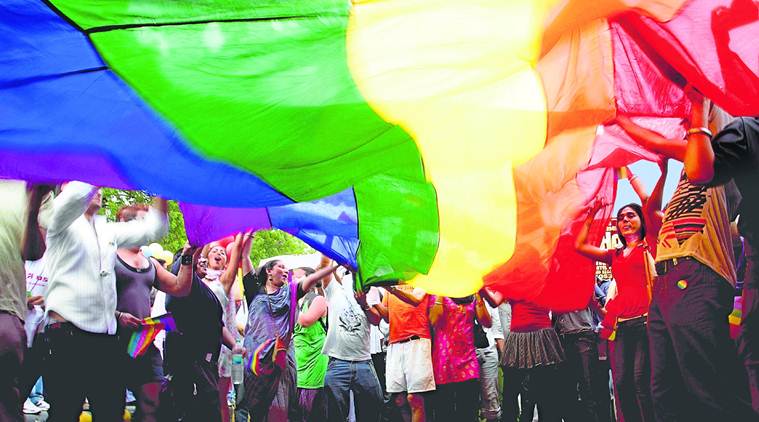The afterlife of Section 377
Partial strike-down isn’t enough. Prejudice still haunts the LGBT community

A series of applications for refugee status were filed by members of India’s LGBT community living abroad in the years leading up to the Supreme Court’s 2018 judgment on Section 377 (Indian Penal Code) Courts in Britain and Australia took evidence on whether those from the community faced a real risk of persecution if they returned to India.
Soon after the SC judgment in September, an immigration tribunal in New Zealand was tasked with deciding whether a gay man risked serious harm upon return to India. In granting his application for refugee status, the tribunal arrived at a sobering conclusion: “[w]hile no longer facing the threat of prosecution under Section 377… the social attitudes that have been underpinned by that legislation will not have evaporated.” According to the tribunal, Section 377 was the symptom rather than the cause of social prejudice against the community.
Dismissing this prognosis as uninformed commentary from a distant land will come at our own peril. The tribunal’s decision draws attention to the fact that months after the SC’s decision declaring Section 377 unconstitutional to the extent that it criminalises consensual sexual activity between adults in private, Section 377 — together with the
social prejudices that silently accompany it — continues to live an afterlife.
social prejudices that silently accompany it — continues to live an afterlife.
First, there are reports that the police continues to harass members of the community (particularly transgender people) relying on Section 377 together with other criminal offences, including offences addressing prostitution and public nuisance. This undercuts the letter and spirit of the SC decision, which required that all ongoing prosecutions under Section 377 be abandoned and no fresh prosecutions be commenced.
The aftermath of the SC decision striking down section 66A of the IT Act offers a cautionary tale of how statutory provisions that are struck down as unconstitutional may continue to be enforced. Close to four years after the Court’s judgment, the police has continued registering FIRs as though section 66A remains constitutionally valid. A study by the Internet Freedom Foundation attributes this to a number of factors, not least the failure to adequately notify the police and the continuing presence of Section 66A on the statute book (since the Court’s authority is restricted to striking down a statute, not removing it from the statute book altogether).
In some respects, Section 377 could present a wider range of enforcement challenges. This is because unlike Section 66A, the SC did not strike down Section 377 in its entirety. Instead, it chose to strike it down only to the extent that it applies to consensual sexual activity between adults in private. Non-consensual sexual activity as well as sexual activity involving children can continue to be prosecuted. Therefore, the briefing to the lowest levels of enforcement needs to convey the nuanced message that Section 377 may be enforced in some ways, but not others.






































No hay comentarios:
Publicar un comentario